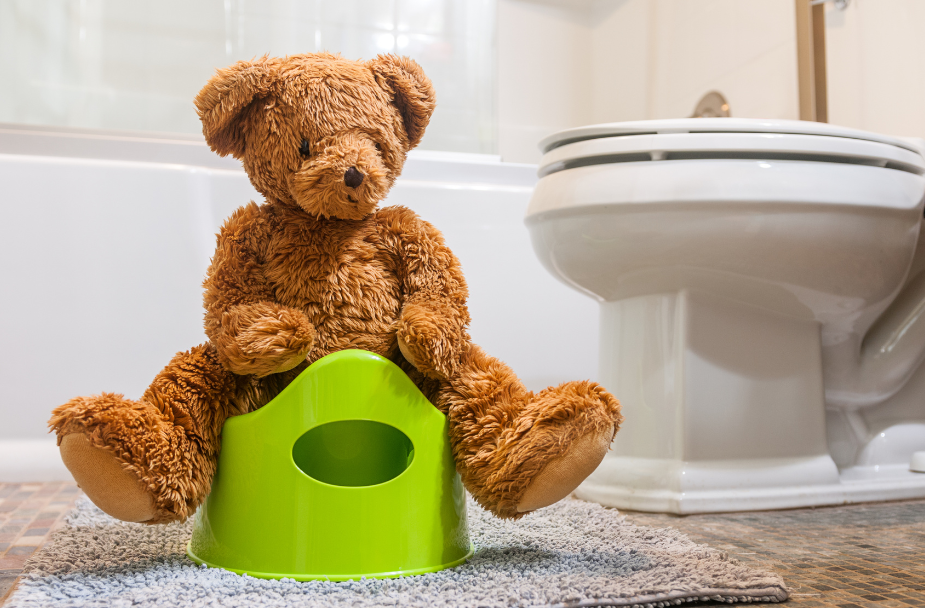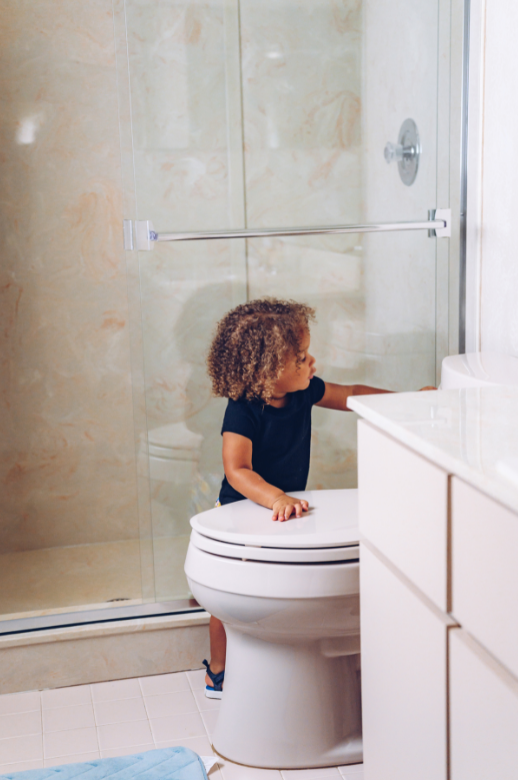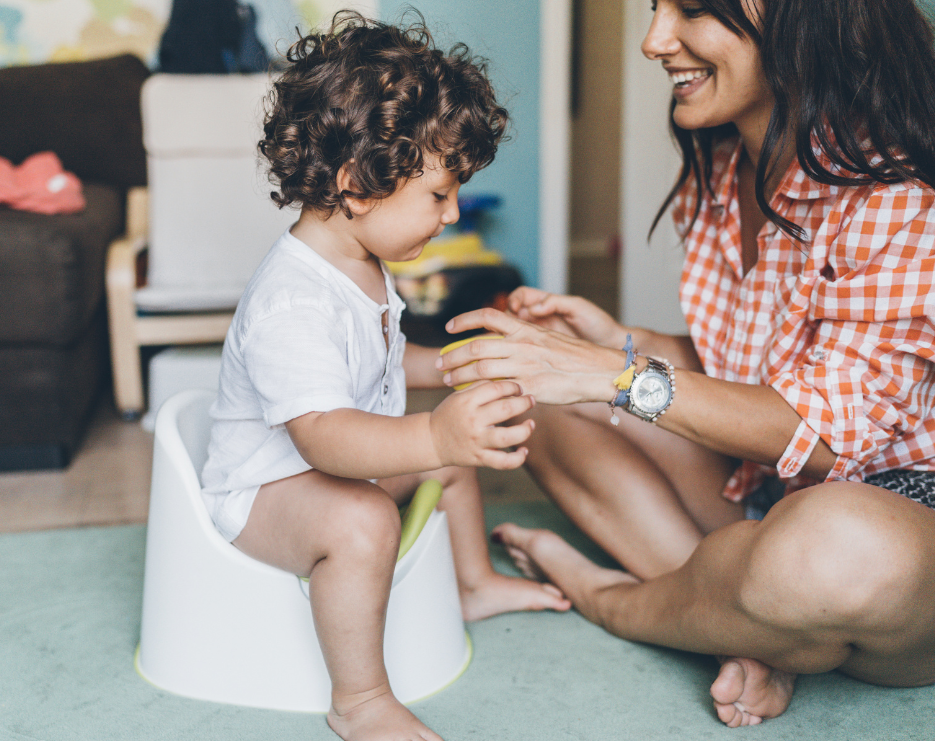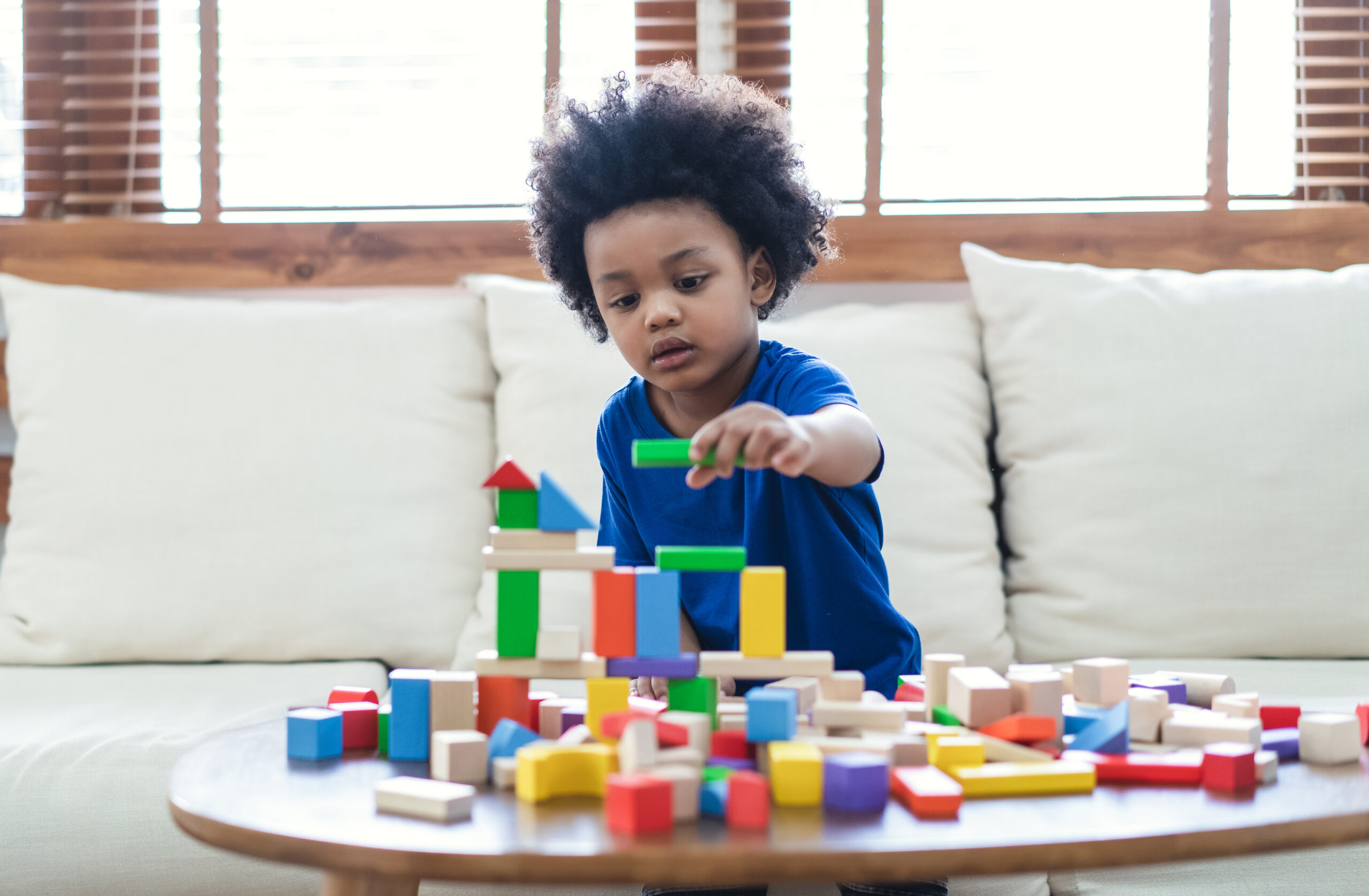Guest Blogger:
Bisa Batten Lewis, EdD
President, Black Child Development Institute (BCDI) -Atlanta

Signs of toilet readiness usually surface between the ages of 18 to 24 months. Most parents report initiating toilet training around 23 months. Use this toilet readiness checklist to determine if your child may be ready to start toilet training.
Toilet Readiness Checklist
My child…
☐ Mimics behaviors.
☐ Follows simple directions.
☐ Sits and plays quietly for several minutes.
☐ Demonstrates willingness to be independent.
☐ Signals the elimination urge (tugs on clothes, twists, rocks, clutches diaper, etc.).

☐ Comprehends what “wet” and “dry” means.
☐ Complains about wet or soiled diaper.
☐ Stays dry for at least two consecutive hours during the day.
☐ Wakes up dry after a nap or bedtime.
☐ Has bowel movements around the same time each day (most, but not all do).
☐ Pauses during play to squat/grunt during bowel movement (indicates awareness of the process).
☐ Enjoys praise for accomplishments.
*All of these skills do not have to be exhibited to initiate toilet training. Just look for a general trend.
When parents are not involved in toilet training, the child starts over every day.
Toilet Training Tips for Parents
- Identify the behavior your child exhibits when he or she feels the elimination urge. Does he or she tug on clothes, twist, rock, clutch diaper…?
- Reduce, then avoid drinking near bedtime.
- Invest in a stepstool to foster independence in reaching the toilet and sink for handwashing.
- To encourage urination, pour a small cup of lemonade or yellow liquid into the toilet and have your child flush it. Use appropriate words to simulate the activity.
- To encourage defecation, drop a small ball of brown play dough, mud or clay in the toilet and have your child flush it. Remember to incorporate conversation.
- Purchase underwear with your child’s favorite characters and use words to encourage progress and personalize the experience. Example: “Let’s try to keep Iron Man dry today.”
- Plan a stay-at-home weekend and allow your child to wear underwear instead of a pull-up. Have a plan for calmly handling accidents and inviting your child to assist with clean up.
- Remember that accidents are a part of learning. Be positive when accidents occur. Example: “Let’s try it again. Take off your wet clothes, while I get dry ones.”
- To help boys aim, place a Fruit Loop or Cheerio in the toilet for “target practice”.
- Reward your child’s accomplishments. Verbal praises and claps work just fine.
- Resist the urge to begin potty training too soon. The more ready your child is when toilet training begins, the more quickly consistent toilet behaviors take place.
- Work with your child’s teacher(s) to assess toilet readiness and outline a plan for moving forward.
- Practice with a doll or stuffed animal.
- Try a book, story or song for encouragement. (Check out my book titled Let’s Potty!)
Continuity and consistency are the keys to toilet training.
When is Toilet Training Complete?
Toilet learning is complete when a child can:
- Tell an adult he or she needs to eliminate.
- Undress himself or herself.
- Use the toilet without assistance.
- Wipe after eliminating.
- Dress himself or herself after eliminating.
- Flush the toilet.
- Wash hands.
Until this routine becomes automatic, it must be consistently reinforced.

Sources:
The American Academy of Pediatrics Guide to Toilet Training
Let’s Potty by Bisa
Potty Training by Healthy Children
Potty Training: Learning to the Use the Toilet by Zero To Three



